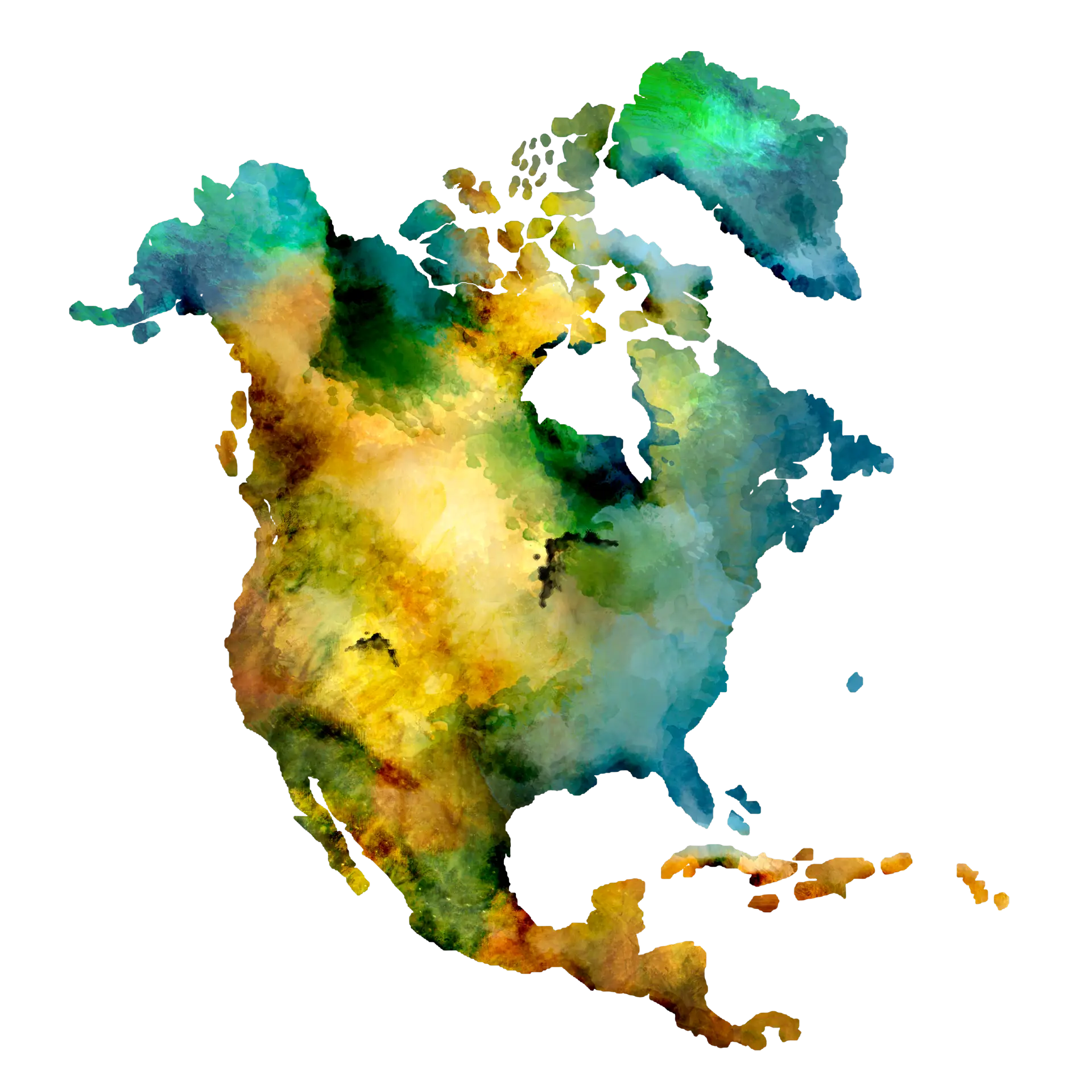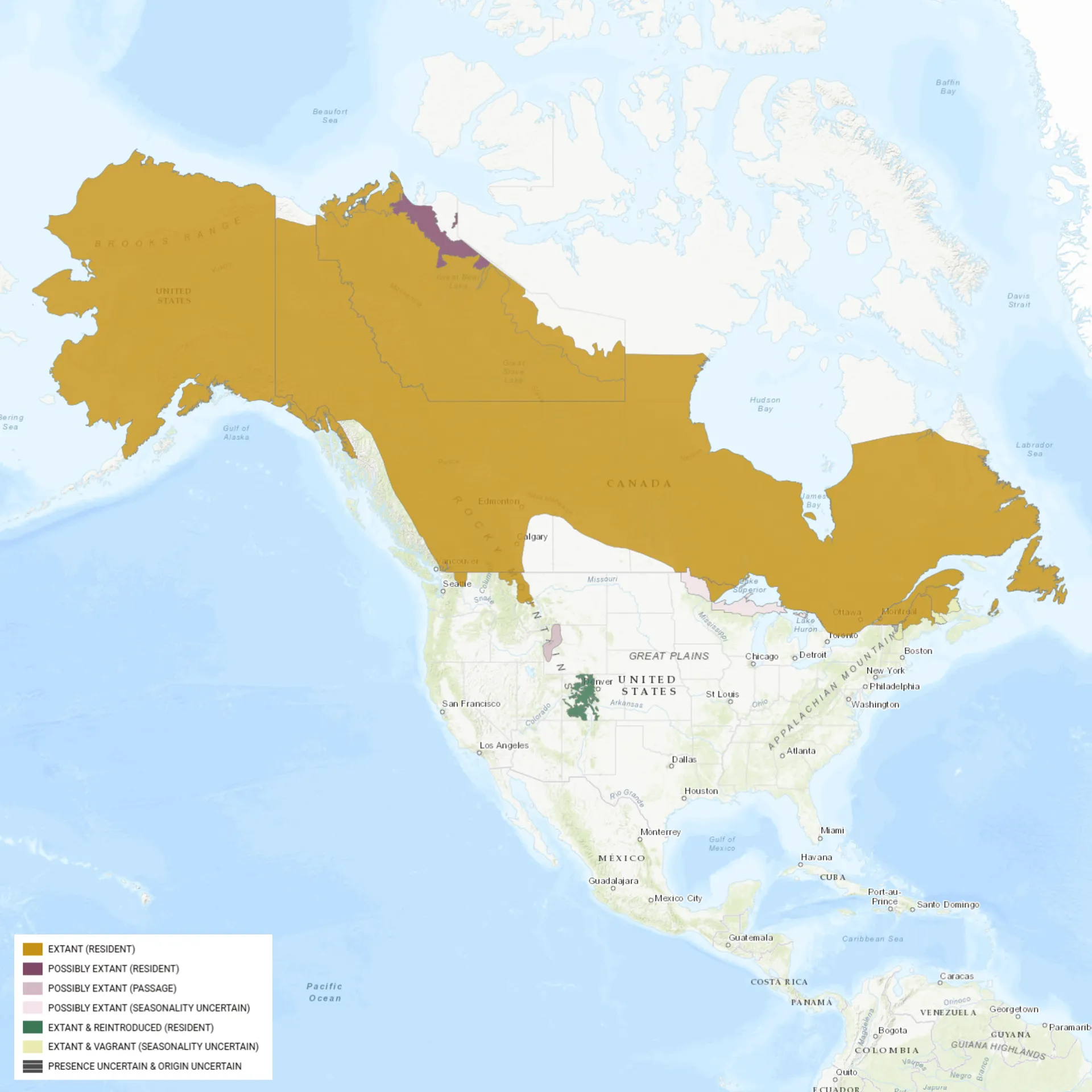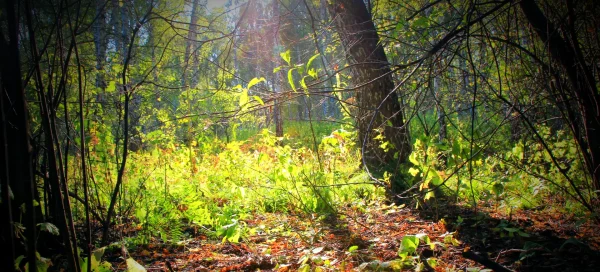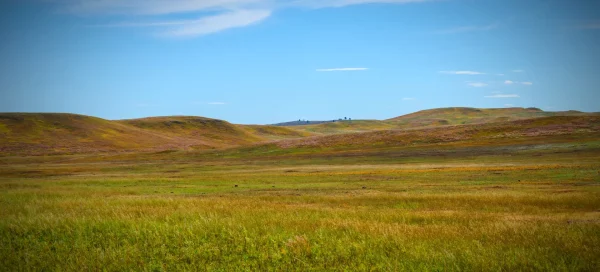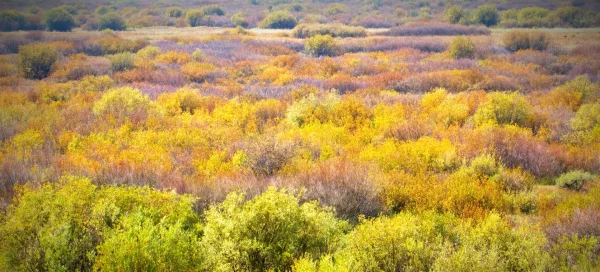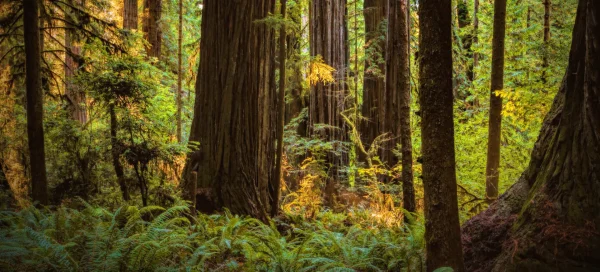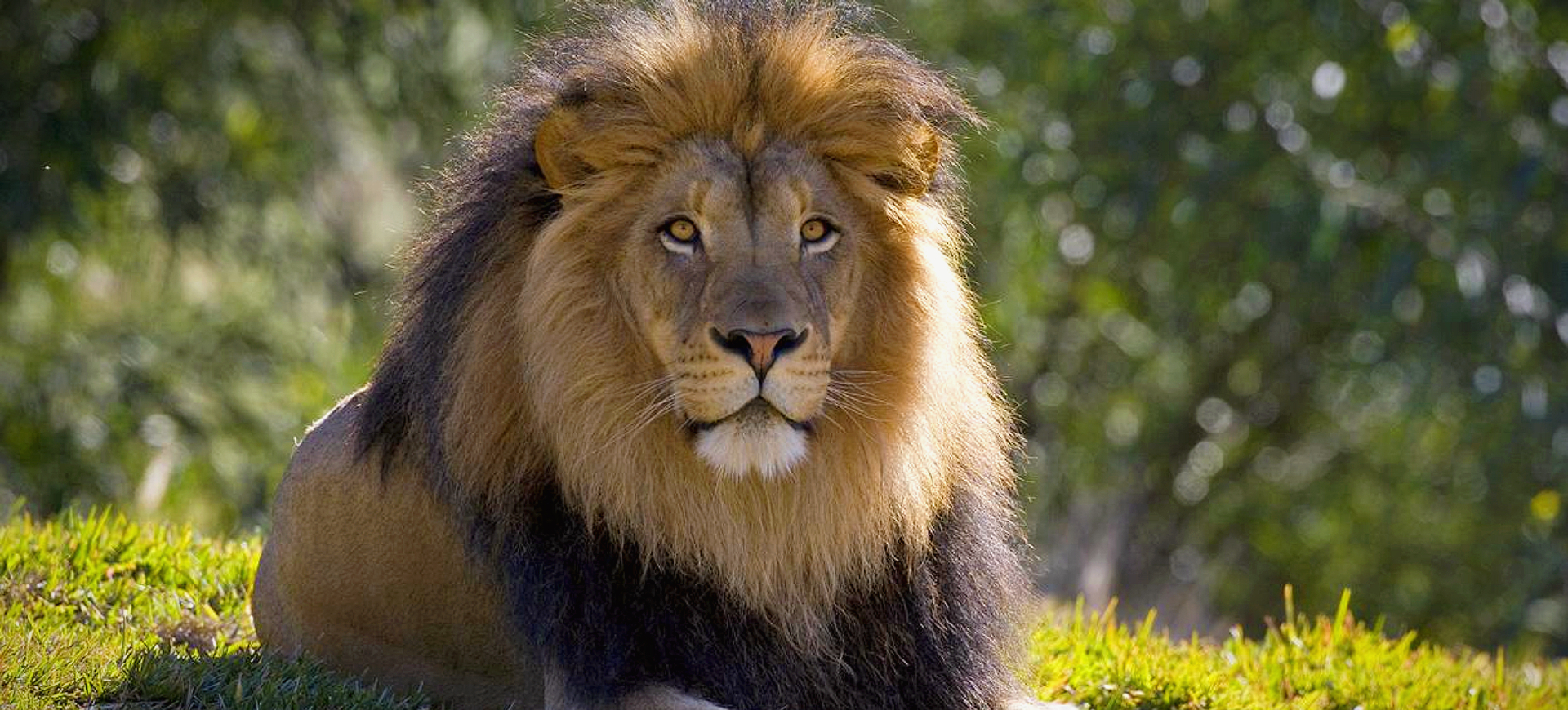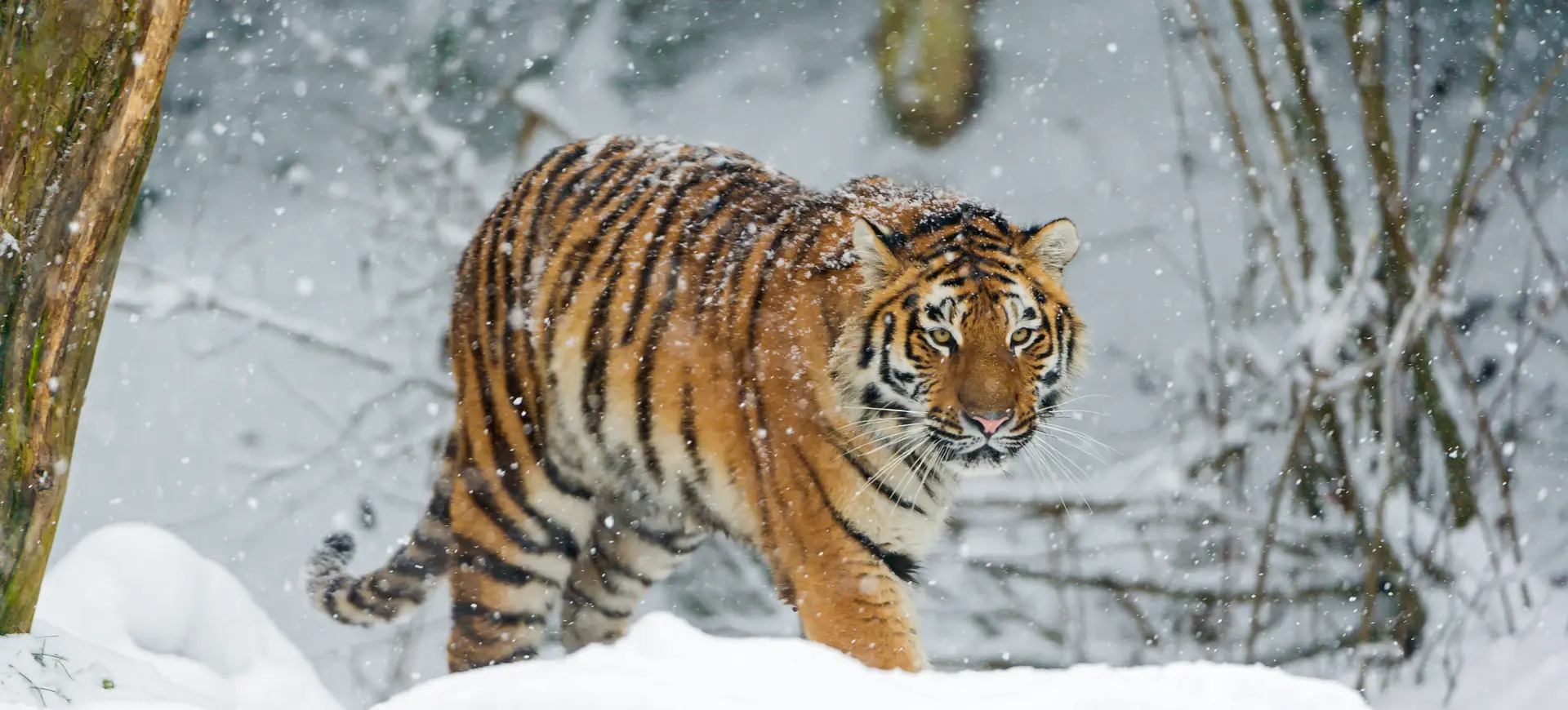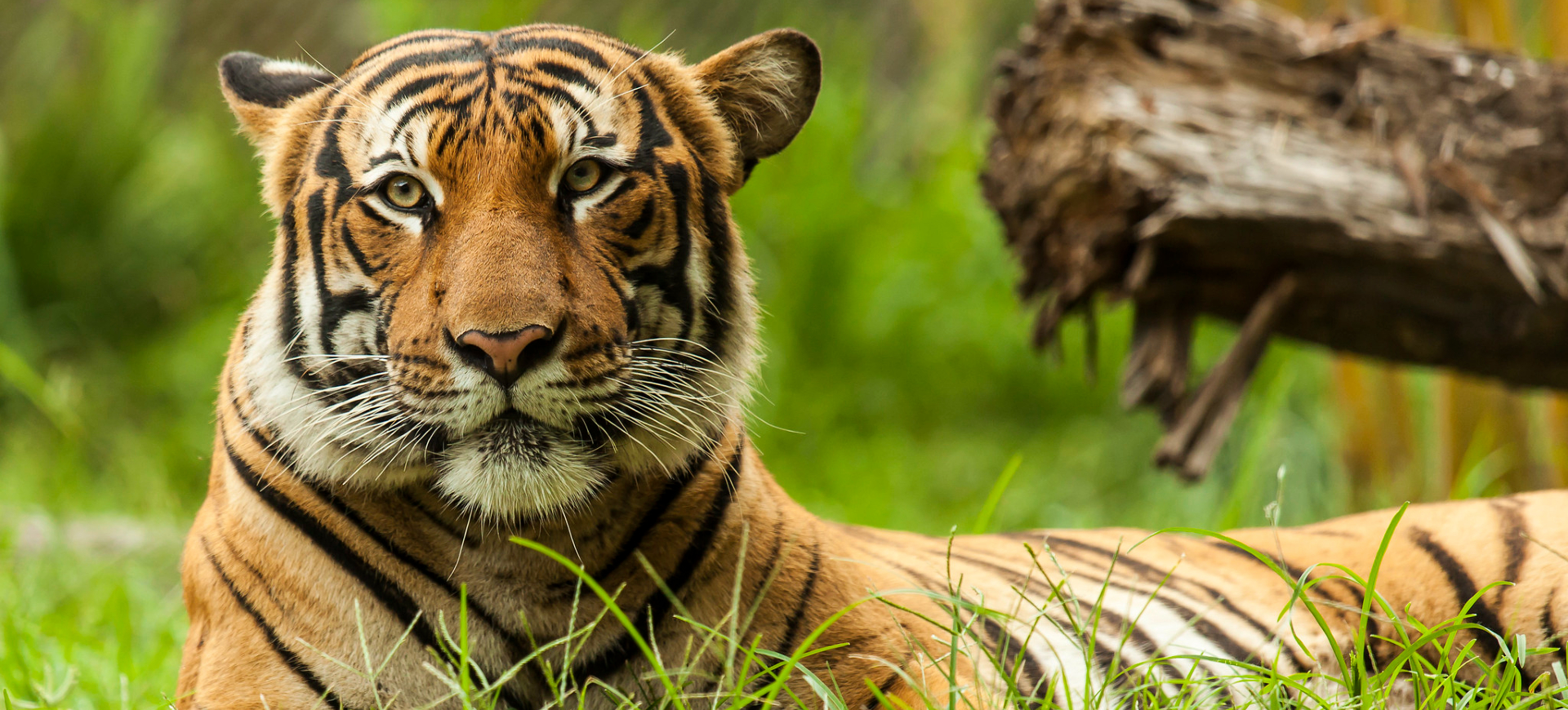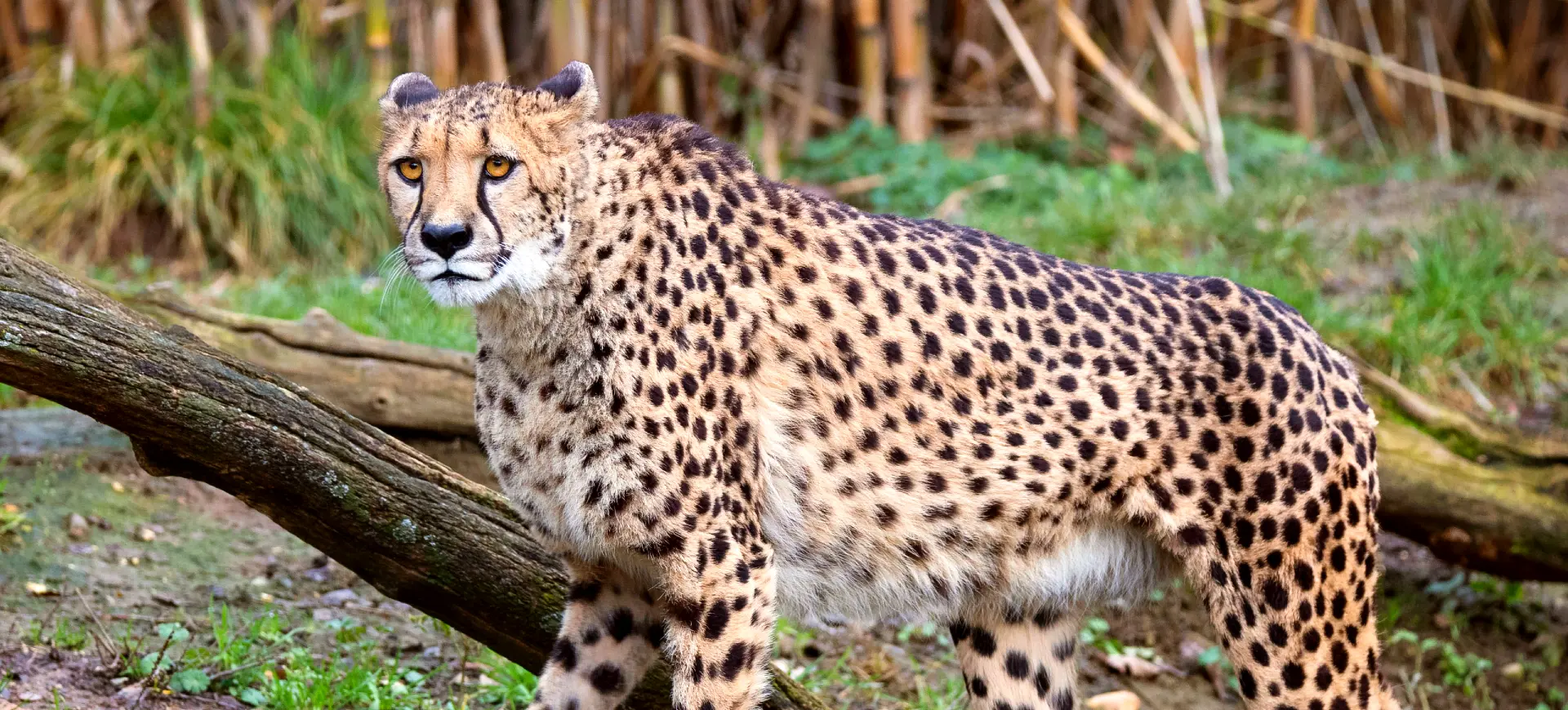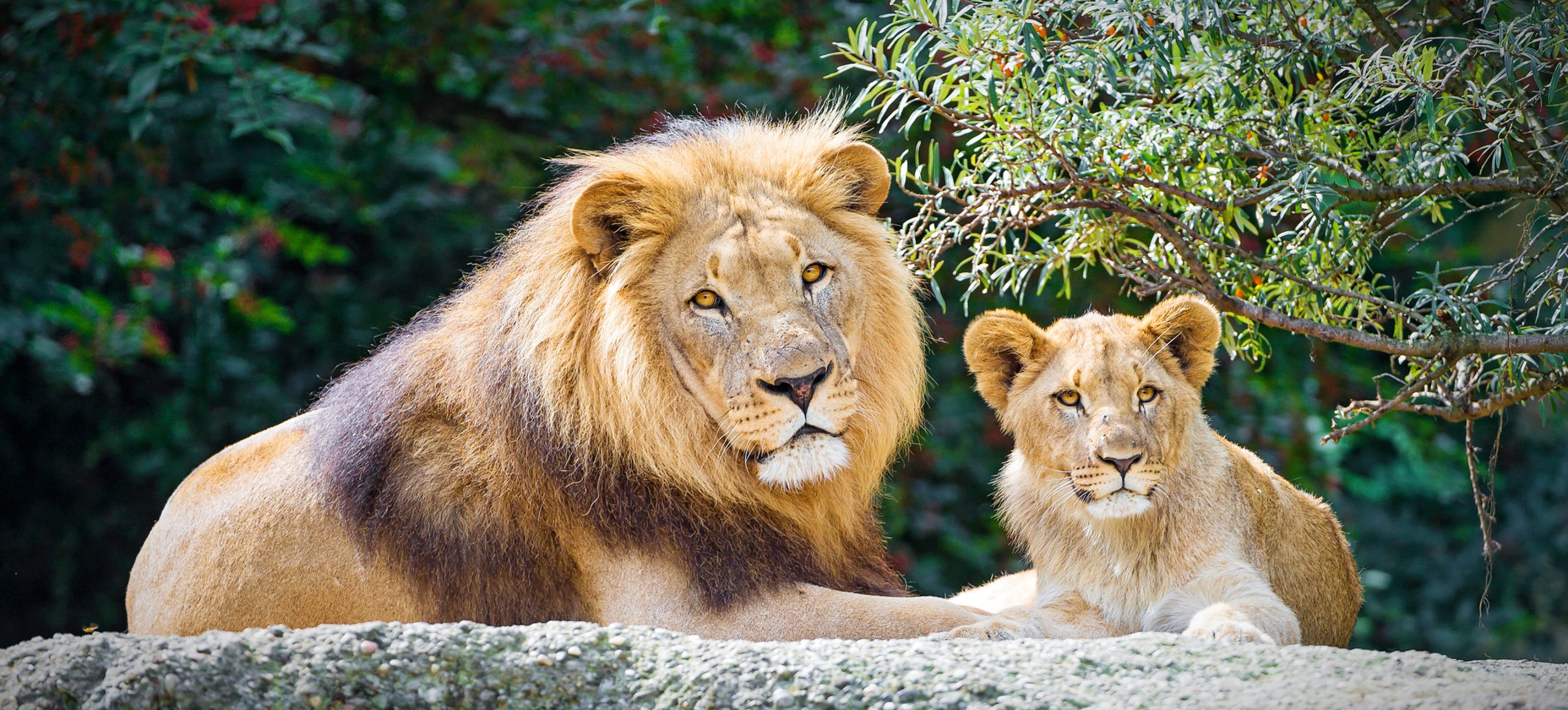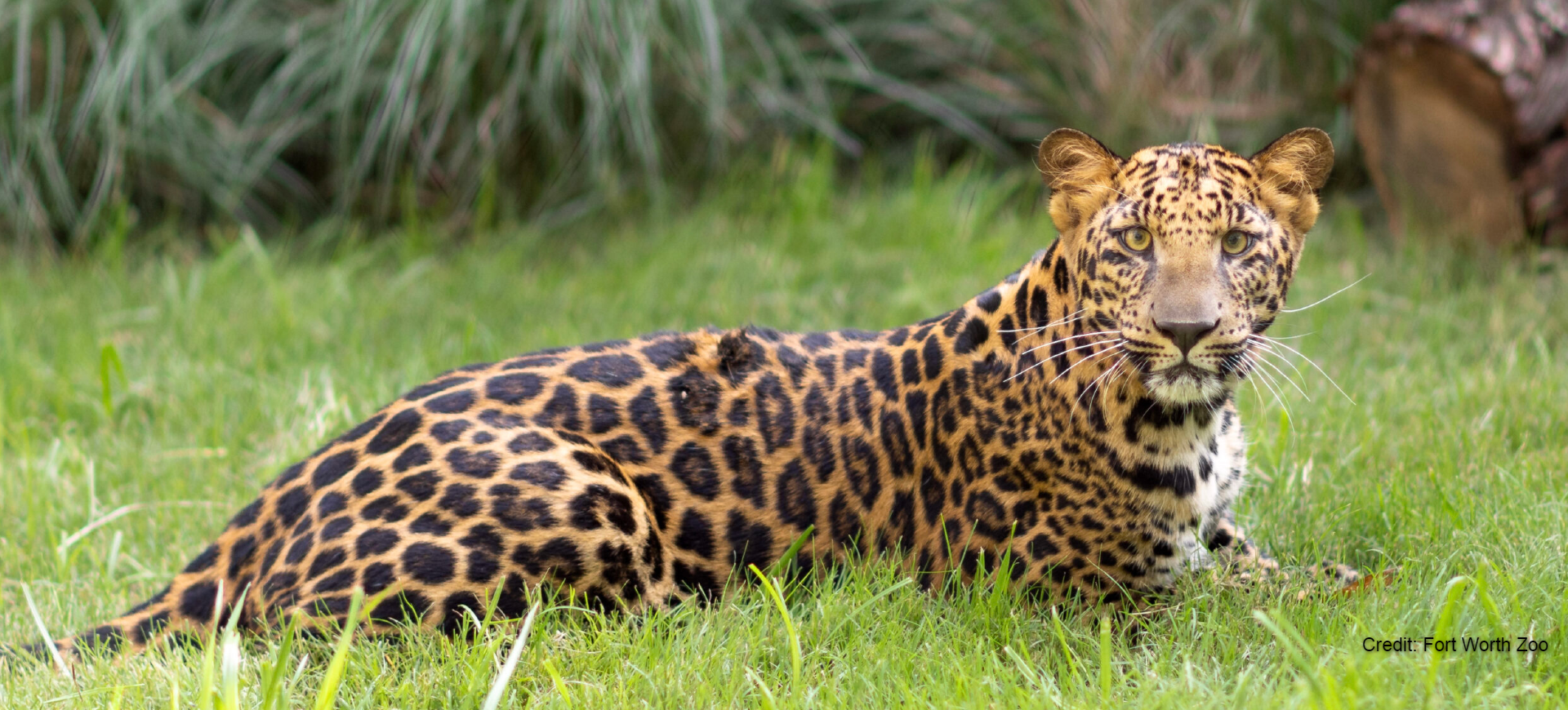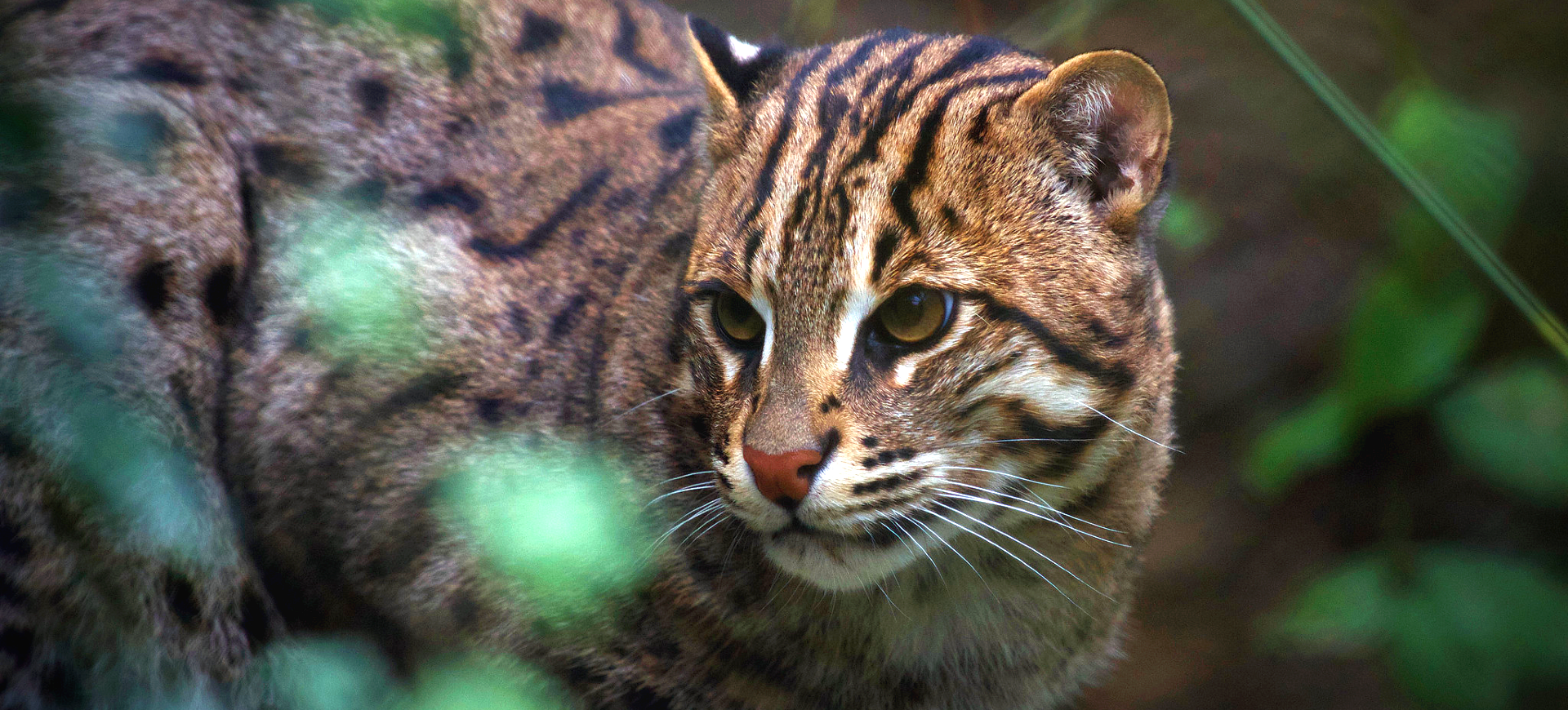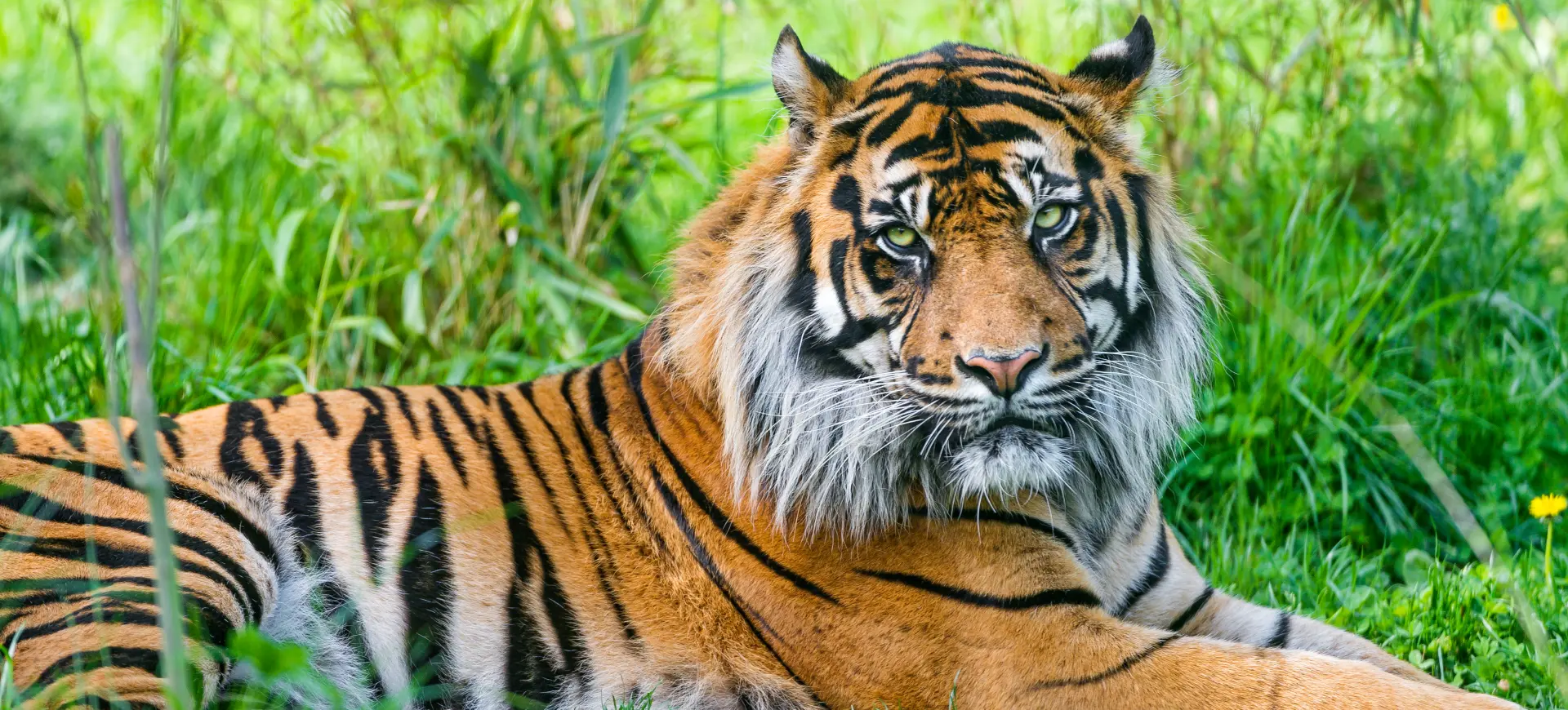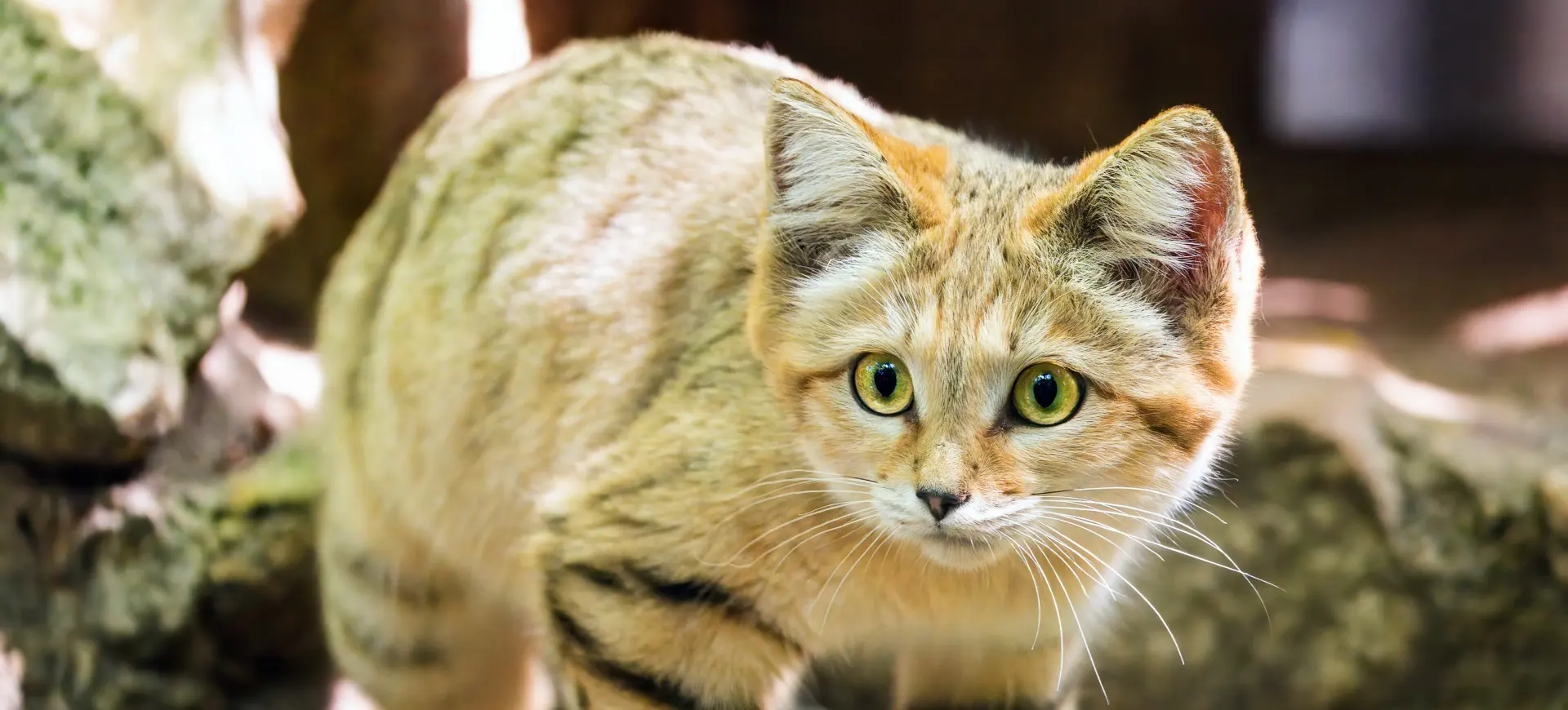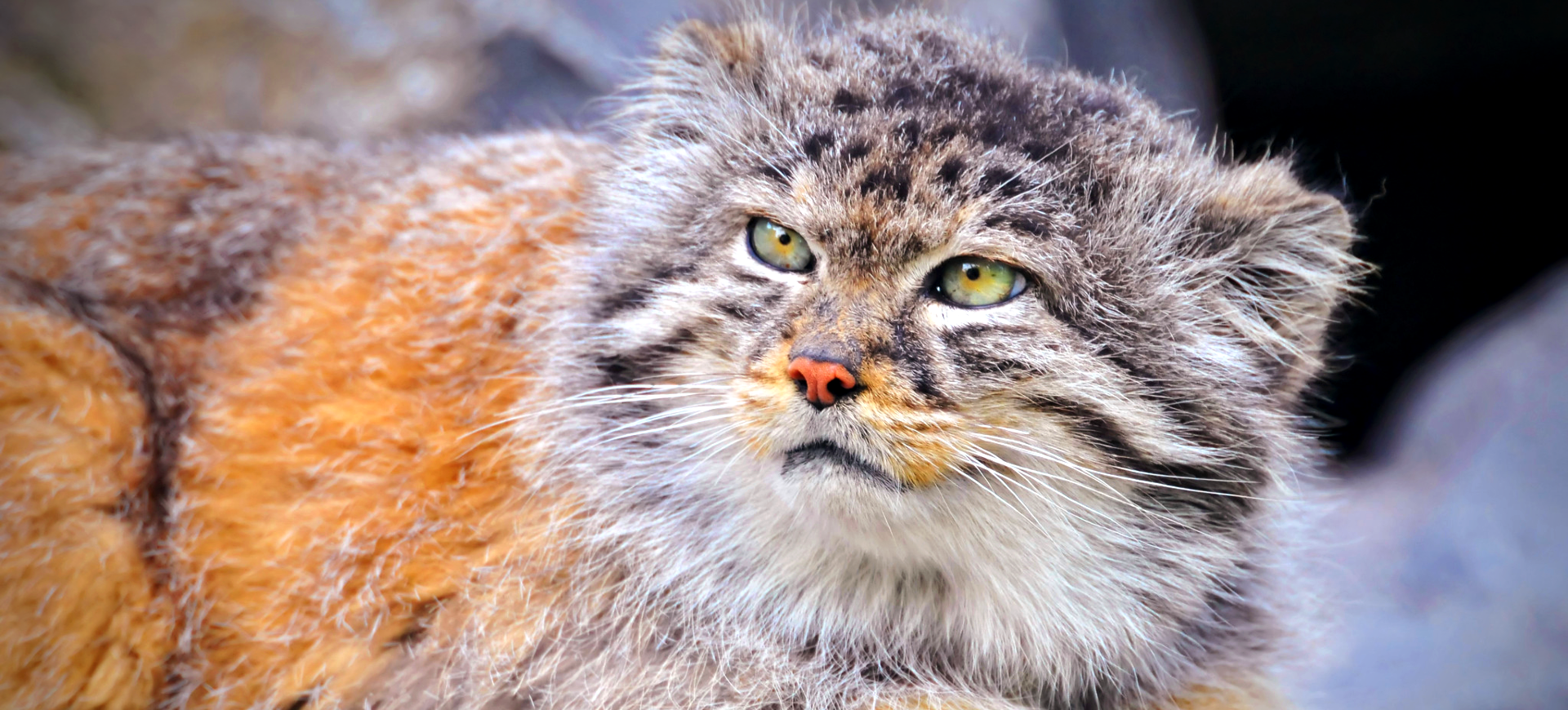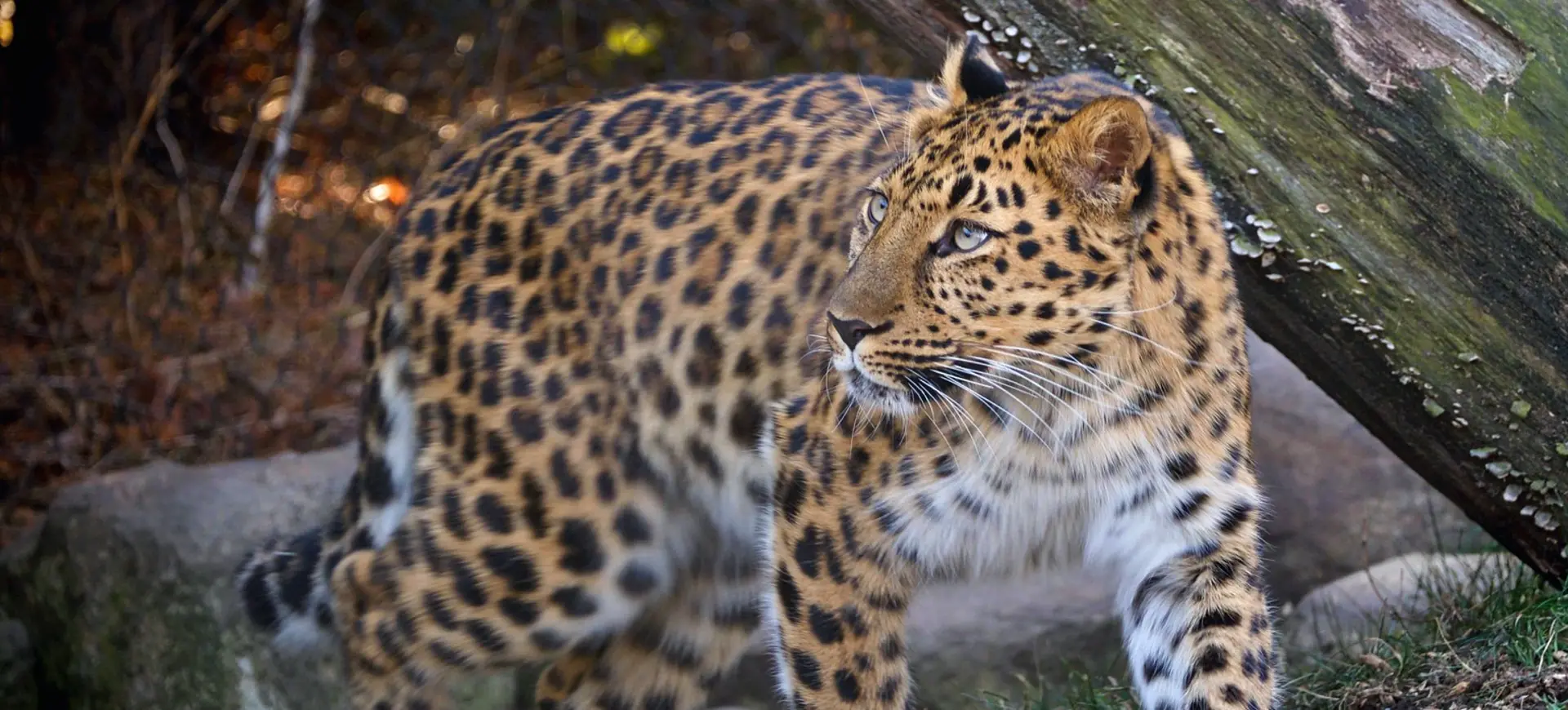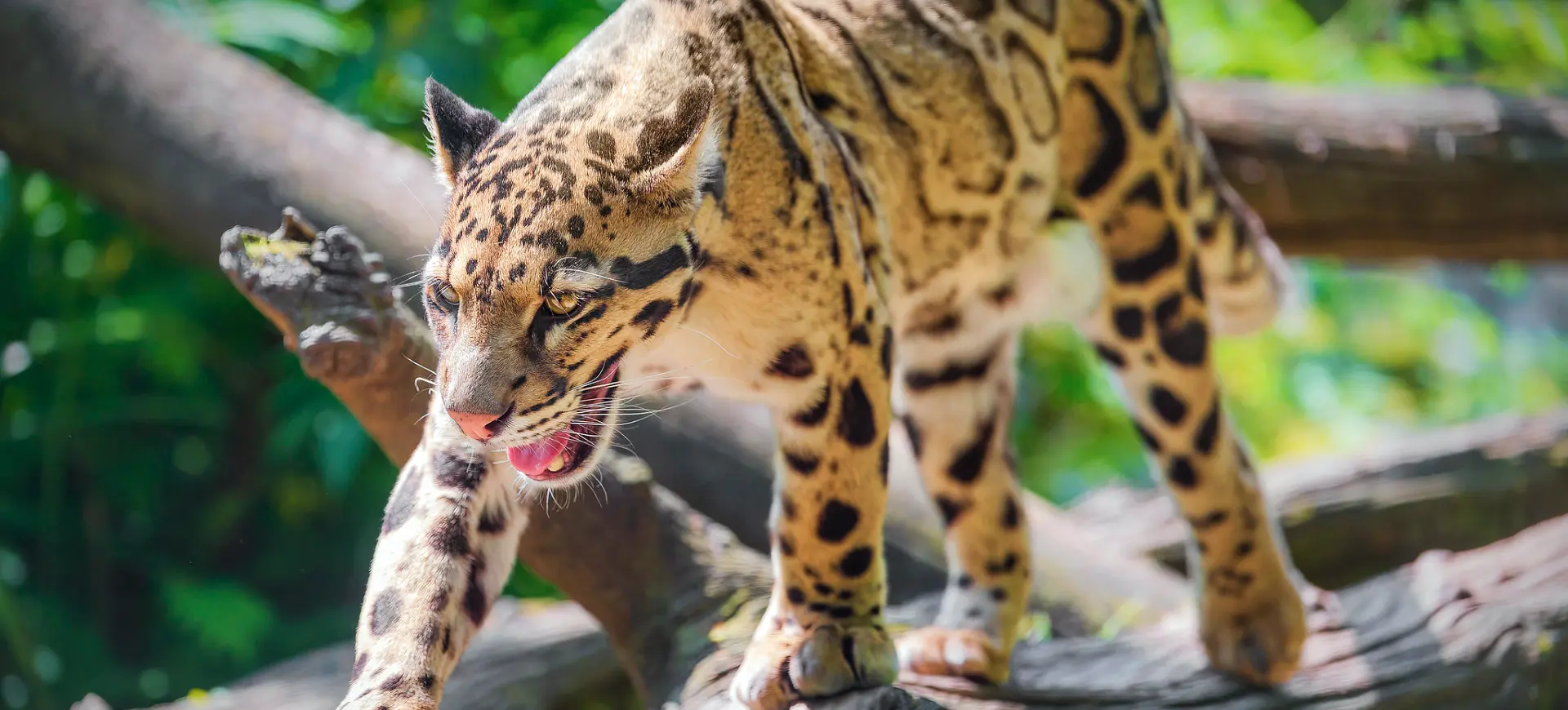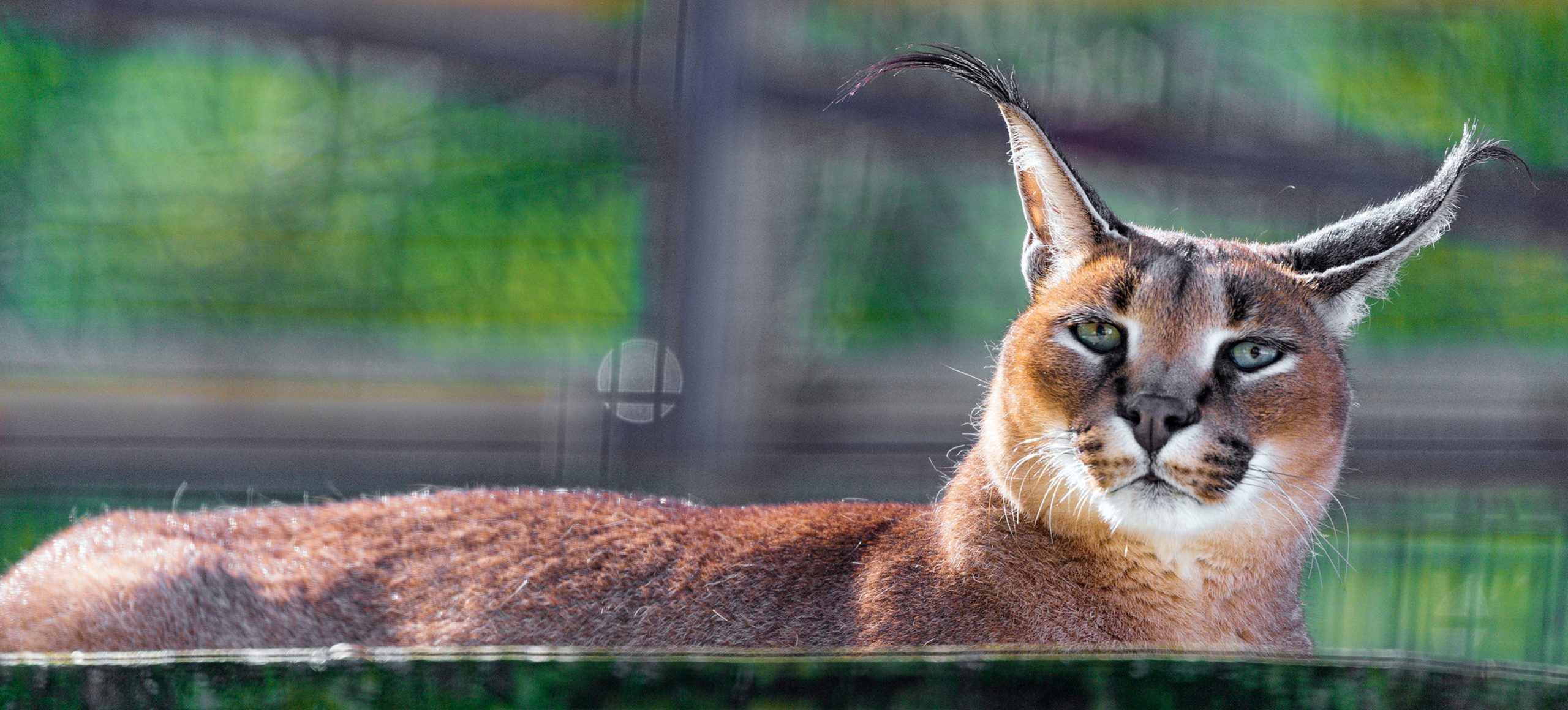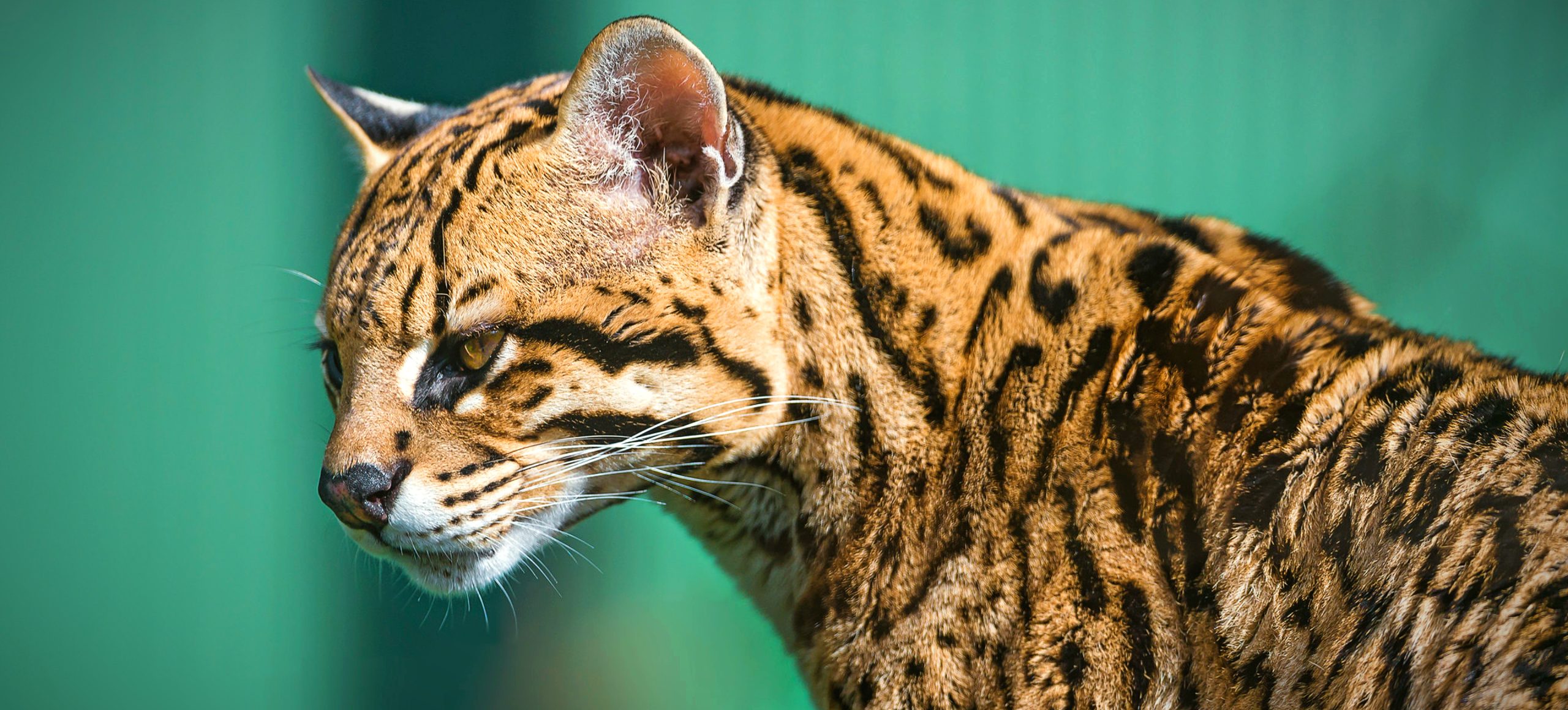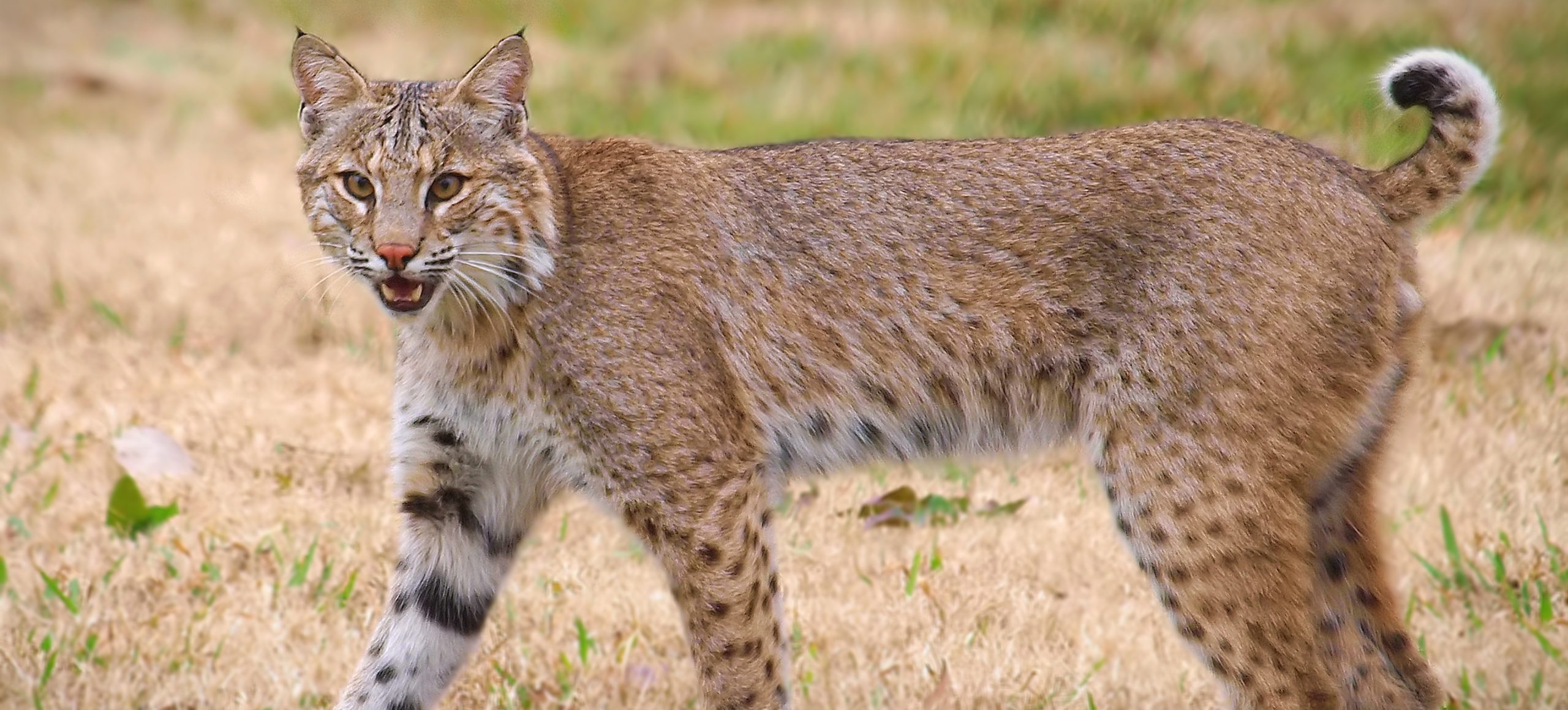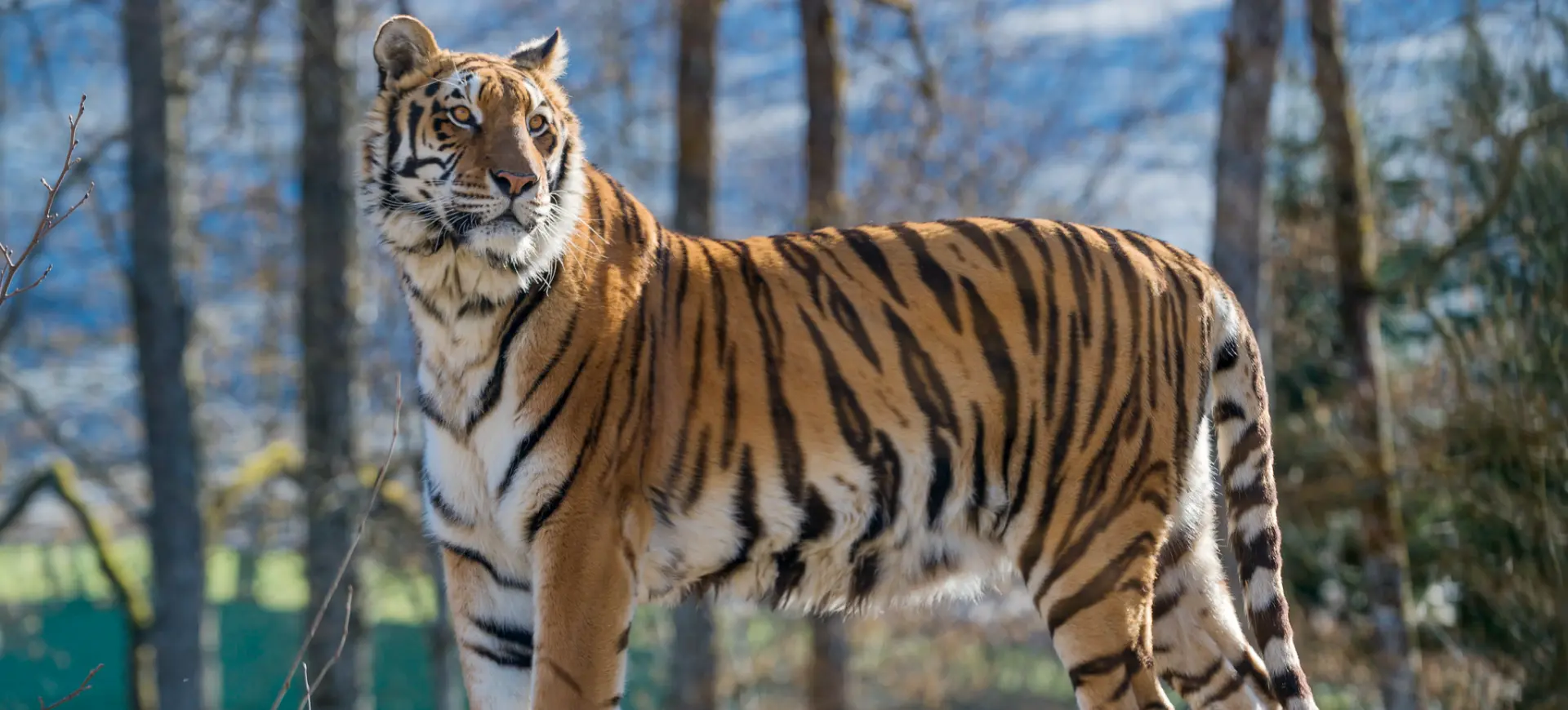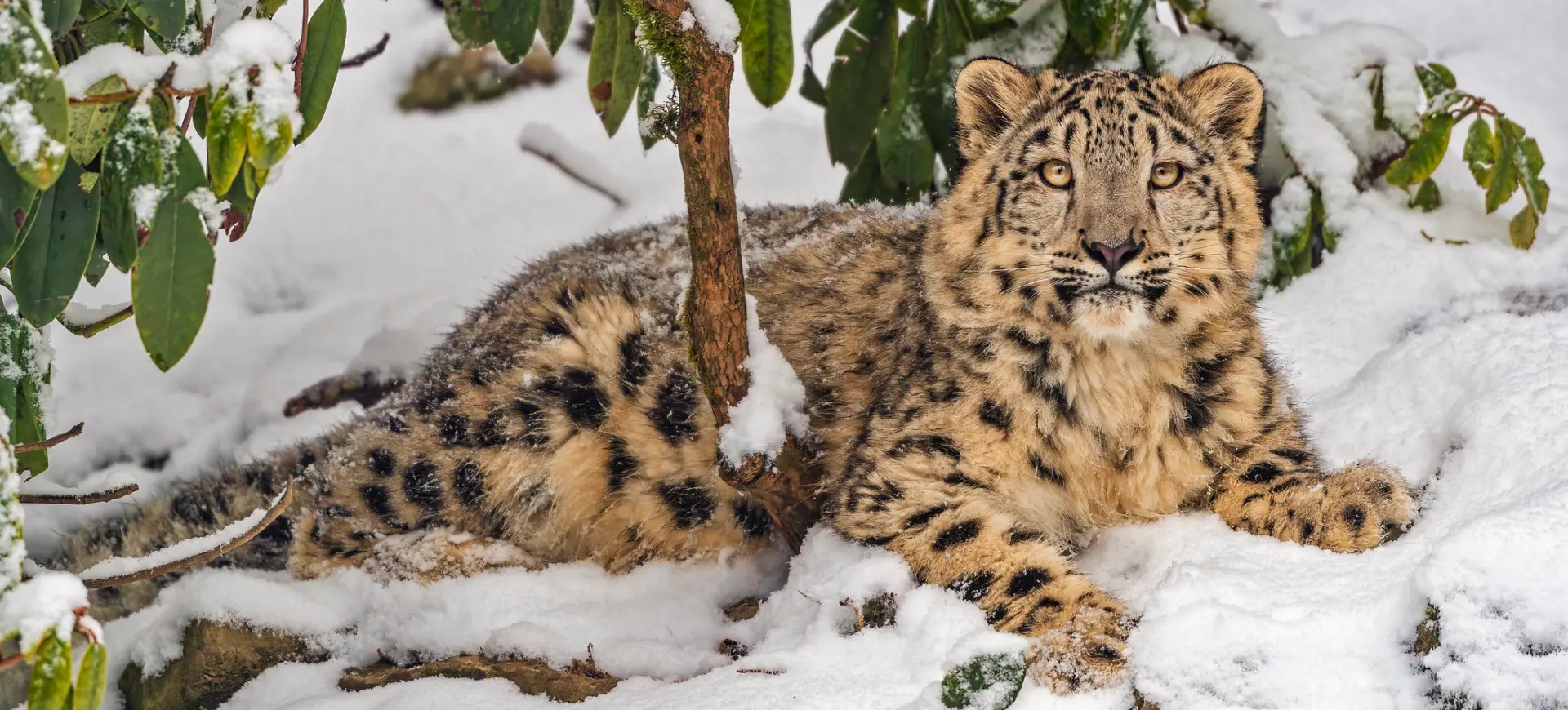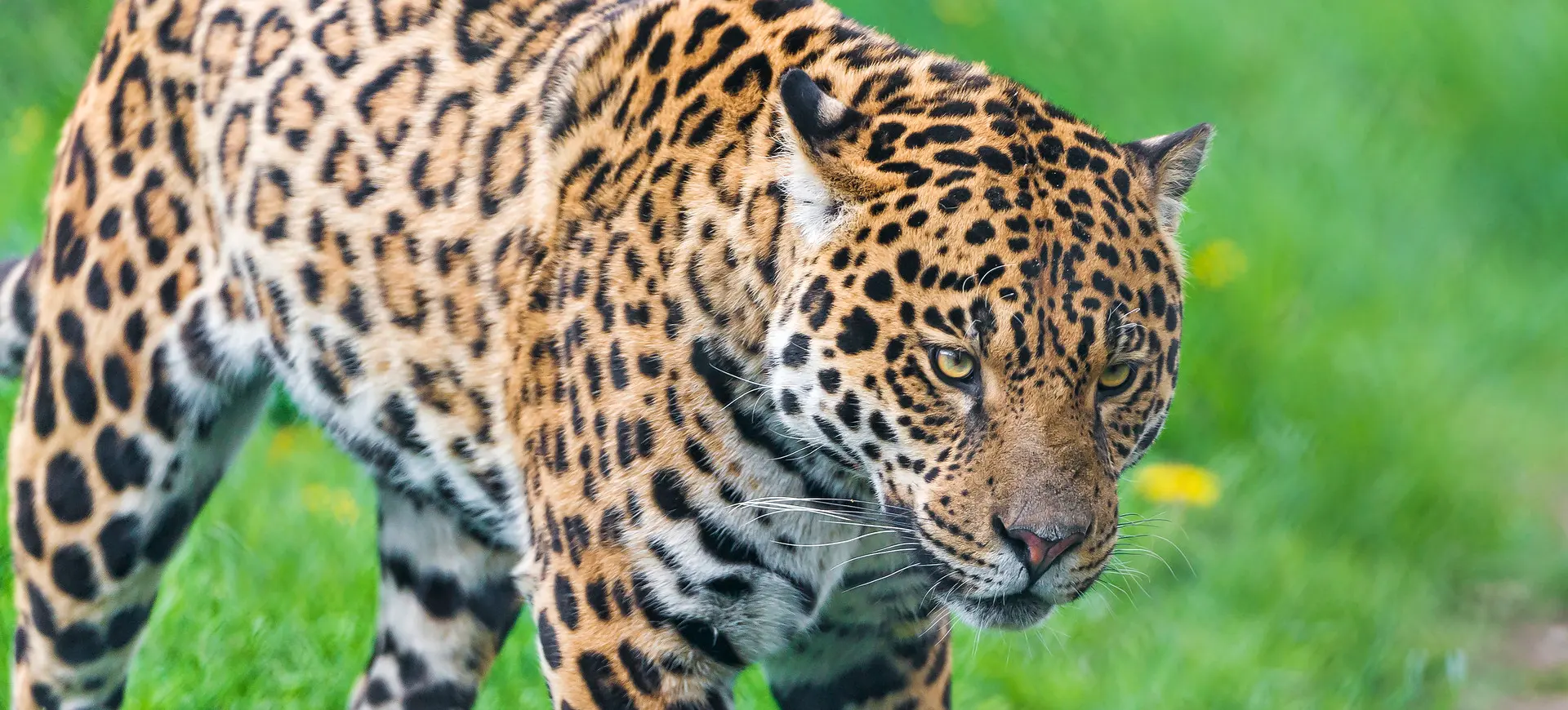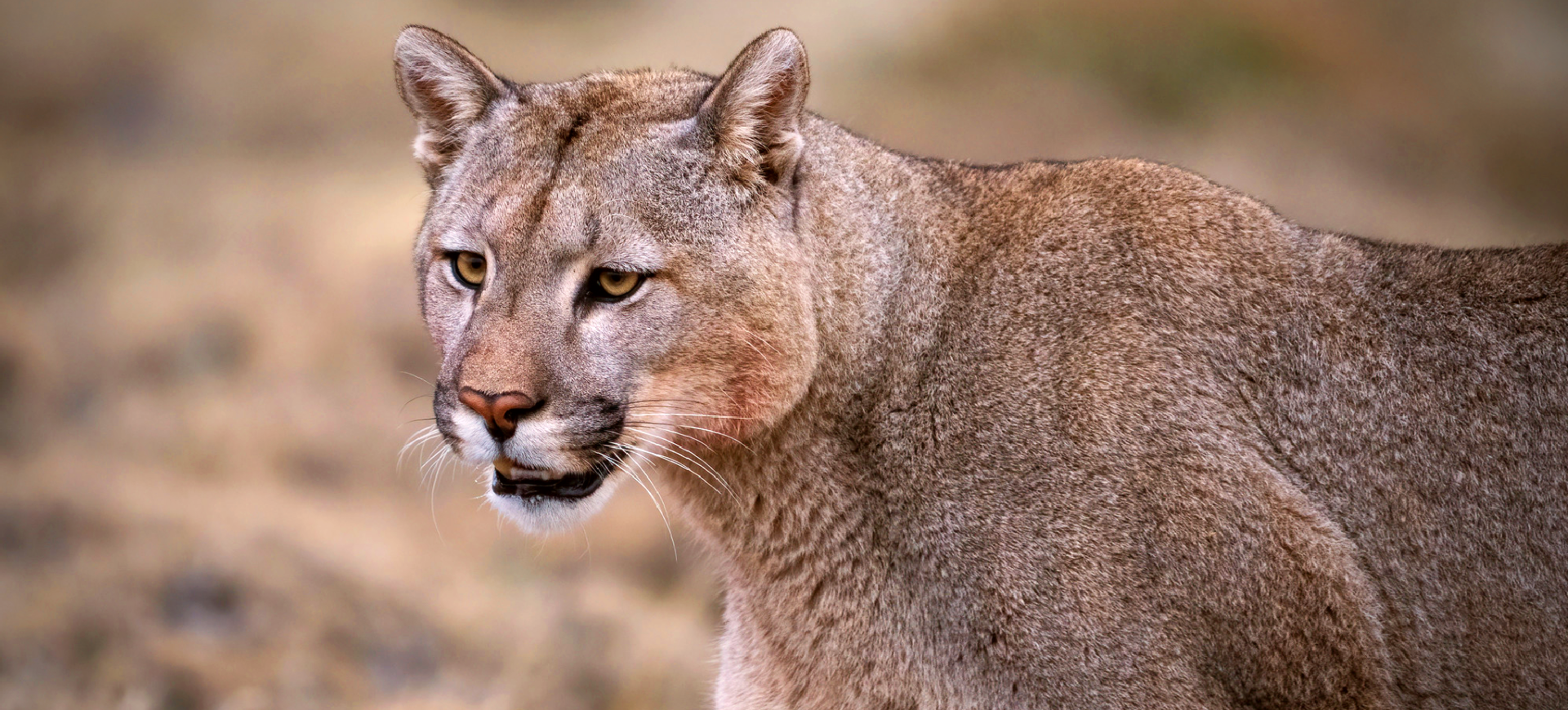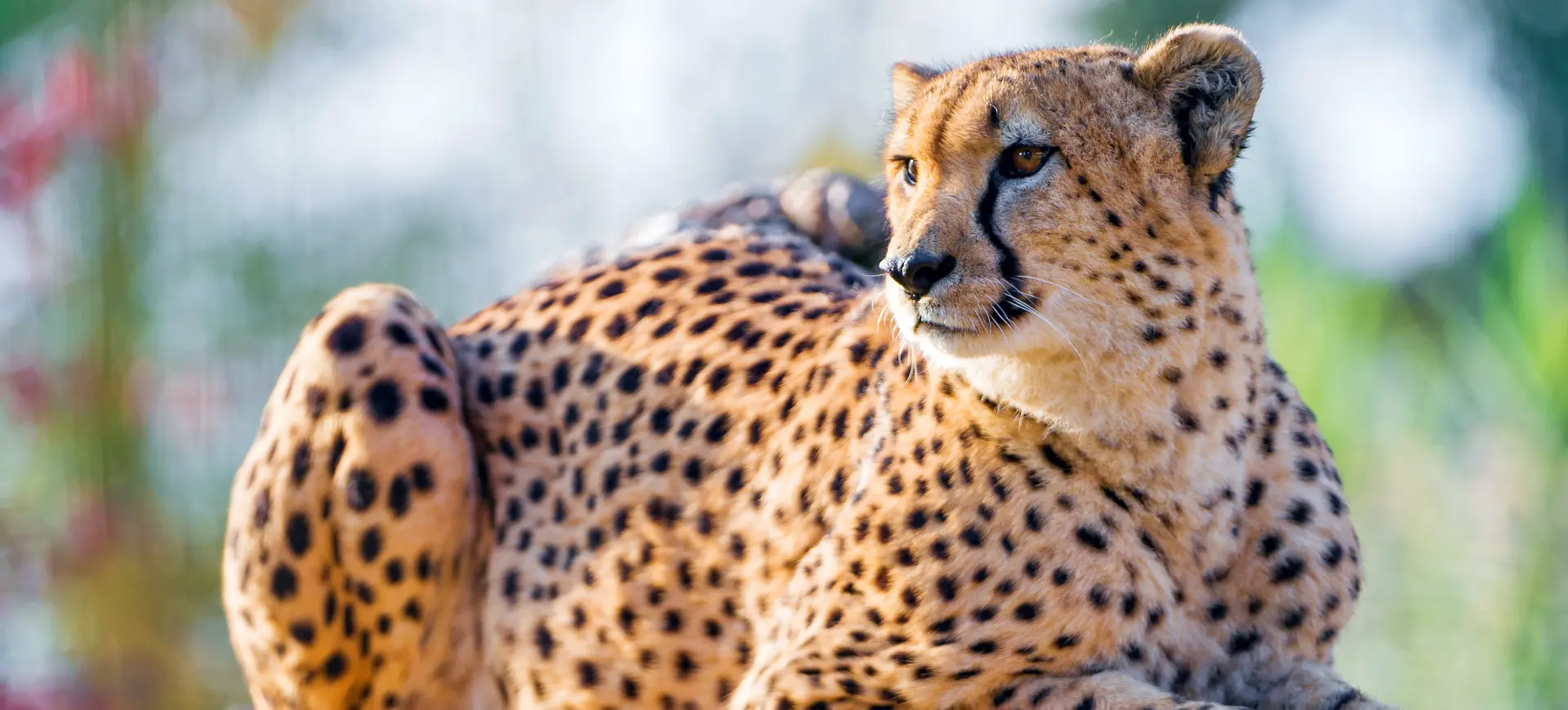Overview
The Canada lynx (Lynx canadensis) is a medium-sized wild cat native to North America, primarily found in boreal forests. It is well adapted to cold environments, with thick fur, large paws for traversing snow, and keen hunting abilities. This species is highly specialized for preying on snowshoe hares, which comprise most of its diet, leading to population fluctuations that closely follow hare population cycles. Canada lynxes are elusive and solitary animals, primarily nocturnal, though they can sometimes be active during the day.
Canada lynxes have a distinct appearance: long legs, a short tail with a black tip, and prominent ear tufts that enhance their hearing. Their dense, silver-gray to brownish fur provides insulation and effective camouflage in snowy environments. Their large, fur-covered paws act like natural snowshoes, distributing their weight to prevent sinking in deep snow. Males are generally larger than females but exhibit similar physical characteristics.
This species is primarily found in the northern forests of Canada and parts of the United States, particularly in areas with dense cover and high populations of snowshoe hares. Canada lynxes prefer remote, undisturbed wilderness and depend on old-growth coniferous forests for shelter and hunting. Their range extends into Alaska and certain northern states such as Montana, Minnesota, and Maine, though habitat fragmentation has reduced their populations in some areas. They are primarily ambush predators, relying on stealth and patience to catch prey rather than speed.
Current distribution:
In Canada, the Canada Lynx enjoys a widespread distribution that covers nearly the entire expanse of the boreal forest. The population density of this species can vary significantly and correlates closely with the abundance of its primary prey, the snowshoe hare. In the United States, the distribution of the Canada Lynx is more limited, primarily restricted to the Northern Rocky Mountains, the Cascade Range, and the states surrounding the Great Lakes. In these American regions, the lynx populations tend to be more scarce and localized, often subject to various environmental pressures.
Given the current challenges, such as habitat fragmentation and climate change, considerable efforts are being undertaken to monitor and conserve Canada's Lynx habitats in the United States. These initiatives often involve tracking and monitoring systems that have been instrumental in understanding the species' territorial behavior. These systems have revealed that individual lynxes can cover large territories and cross state and national borders. Such findings underscore the importance of transboundary conservation efforts to preserve this species.
Physical Description:
The Canada Lynx has a robust build, featuring long legs, broad paws, and a short tail with a black tip. These oversized paws act as natural snowshoes, giving the lynx an advantage when moving through deep snow. The eyes of the Canada Lynx are often a shade of green or hazel, contributing to its keen eyesight, especially during nighttime hunts. The tufted ears distinctively set it apart from other wildcats, improving its hearing capabilities.
Its fur is especially dense and soft, providing vital insulation against the frigid climates it typically inhabits. The coat’s color varies, ranging from shades of brown and gray to a subtle bluish tint. This variation in coloration serves as an effective camouflage, enabling the Canada Lynx to blend seamlessly into its natural surroundings. This camouflage is particularly beneficial when stalking prey, as the lynx is an ambush predator that relies on stealth.

Lifespan: Wild: ~12 Years || Captivity: ~20 Years

Weight: Male: 18–30 lbs (8–13.6 kg) || Female: 17–26 lbs (7.7–11.8 kg)

Length: Male: 30–42 in (76–107 cm) || Female: 28–38 in (71–97 cm)

Height: Male: 19–24 in (48–61 cm) || Female: 18–22 in (46–56 cm)

Top Speed: 50 mph (80 km/h)
Characteristic:
Native Habitat:
The Canada Lynx predominantly inhabits the boreal forests of Canada, a biome characterized by its dense canopy and understory that offer excellent cover for this elusive predator. These boreal forests are also a rich habitat for its primary prey, the snowshoe hare, making it an ideal environment for the lynx. This cold forested area is well-suited for the lynx’s physical adaptations, including its dense fur for insulation and large paws that function as natural snowshoes for efficient movement through deep snow.
Beyond the Canadian boreal forests, the geographical range of the Canada Lynx also extends into parts of Alaska and the northern United States. This includes regions like the Rocky Mountains and the Great Lakes area. The lynx occupies similar forested habitats with dense foliage in these extended territories. The presence of the Canada Lynx in these regions often directly correlates with the distribution and abundance of snowshoe hares, further emphasizing the strong relationship between this predator and its primary prey.
Climate Zones:
Biogeographical Realms:
Continents:
Countries:
Diet:
Diet & Feeding Habits:
The Canada Lynx predominantly feeds on snowshoe hares, a prey item that can constitute up to 75% of its diet. Its keen eyesight and exceptional hearing are crucial in locating prey in its natural habitat. Once it identifies a target, the lynx employs a stalk-and-ambush hunting technique to capture it. The species has an adapted physiology that allows it to consume large amounts of food in one sitting, thereby storing excess fat to sustain itself during scarce food.
In addition to snowshoe hares, the Canada Lynx has a more varied diet when hare populations are low. Small mammals like squirrels and birds can become alternative food sources. During the summer, its diet may expand to include larger mammals like deer, especially when smaller prey is hard to find. This adaptability in the diet allows the Canada Lynx to survive and thrive even when its primary food source experiences population fluctuations.
Mating Behavior:
Mating Description:
The Canada Lynx has a defined mating season between March and April. During this crucial period, males and females engage in various forms of communication, such as vocalizations and scent markings. These behaviors establish individual territories and facilitate the search for suitable mates. After successful mating, females undergo a gestation period lasting approximately two months, culminating in the birth of a litter that typically consists of one to six kittens.
Upon birth, the lynx kittens are blind and helpless, requiring significant maternal care. The mother nurses them for the first two months, providing essential nutrients for their rapid development. After this initial nursing period, the kittens transition to a diet of solid food and begin to venture out under the watchful eye of their mother. By the time they reach nine months of age, they attain full independence and can survive independently. However, they may remain near their mother’s territory for up to a year, gaining additional experience before establishing their territories.
Reproduction Season:
Birth Type:
Pregnancy Duration:
Female Name:
Male Name:
Baby Name:
Social Structure Description:
The Canada Lynx is predominantly a solitary creature, mostly interacting with other adults during the mating season. To establish and maintain their territories, males and females rely on scent markings, delineating boundaries and reducing conflicts with neighboring individuals. Females are especially territorial, often claiming smaller home ranges than their male counterparts. This territoriality serves essential functions in resource allocation and mating prospects, ensuring each individual has access to essential resources like food and shelter.
In contrast to its generally solitary lifestyle, the Canada Lynx does display some social behaviors, particularly within family units. After giving birth, a female lynx raises her kittens in a relatively sheltered environment, nurturing them until they can survive independently. These young lynxes typically stay with their mother for about a year, learning essential skills for hunting, navigation, and territory establishment. Once they are fully grown and capable, they disperse to establish their territories, thus perpetuating the cycle of solitary existence punctuated by periods of social interaction. This balance between solitary and social behaviors contributes to the species’ adaptability and survival in its natural habitat.
Groups:
Conservation Status:
Population Trend:
The Canada Lynx is not currently classified as globally endangered; however, it faces many challenges that could compromise its long-term survival. The most significant threat is habitat loss, primarily driven by human activities such as logging, development, and road construction. These activities result in fragmented habitats, making it increasingly challenging for the lynx to sustain healthy population levels. Fragmentation can also restrict the lynx’s access to its primary food source, the snowshoe hare, thus exacerbating the difficulties in maintaining a stable population.
In the United States, the status of the Canada Lynx is more precarious, and it is listed as “Threatened” under the Endangered Species Act. This has led to various conservation initiatives to preserve and stabilize the population. Among these are habitat preservation projects that focus on maintaining or restoring environments suitable for the lynx and its prey. Monitoring programs are also in place to track population dynamics, often employing state-of-the-art tracking and data collection technologies. Additionally, captive breeding programs are being utilized as a last-resort measure to bolster numbers, although the primary focus remains on conserving the lynx in its natural habitat.
Population Threats:
The most significant threat to the Canada Lynx is habitat fragmentation and loss, predominantly caused by human activities such as logging and development. Illegal trapping and vehicle collisions also contribute to the species’ vulnerability, especially where human and lynx territories intersect. In the United States, the situation is particularly precarious owing to the lynx’s more limited distribution and reduced population numbers compared to its Canadian counterparts. This makes the American populations more susceptible to local extinctions caused by these disturbances.
Adding another layer of complexity to the conservation equation is the impact of climate change. As global temperatures rise, the ecosystems that the lynx depends on are subject to change, potentially leading to less hospitable environments for both the lynx and its prey. Specifically, warming temperatures could hurt snowshoe hare populations, the lynx’s primary food source. A decline in hare populations would, in turn, exert extra pressure on the lynx, making it even more challenging for the species to maintain stable population levels. This multi-faceted threat underscores the importance of comprehensive, long-term conservation strategies that address immediate risks and future challenges.
Conservation Efforts:
Efforts to conserve the Canada Lynx are diverse and multifaceted, primarily focusing on habitat preservation and restoration. In the United States, various federal and state agencies take the lead in enacting legal restrictions on land use, trapping, and other activities that could be detrimental to the lynx. These agencies often collaborate to implement wide-ranging conservation plans to safeguard the lynx’s native habitats and prevent further decline in its numbers.
Another critical element of conservation efforts involves extensive research programs designed to deepen our understanding of the Canada Lynx’s ecology and behavior. Telemetry studies are particularly useful, as they help monitor the animal’s movement patterns and habitat use. These data can then fine-tune conservation strategies and predict how the species might respond to environmental changes. Additionally, a strong focus is on fostering partnerships with local communities to reduce human-wildlife conflict. Through educational initiatives and community engagement, conservationists aim to foster coexistence between humans and lynxes, which is crucial for the species’ long-term survival. This integrated approach ensures that conservation strategies are both science-based and socially sustainable.
Additional Resources:
Fun Facts
- Canada Lynx have excellent night vision, aiding in their crepuscular hunting habits.
- Unlike most cats, they are good swimmers.
- They strongly prefer snowshoe hares but can switch to other prey if necessary.
- The size of a lynx’s home range can vary greatly depending on food availability.
- Their large paws serve as natural snowshoes.
- In times of scarcity, they are known to cover large distances for food.
- Males have larger territories than females.
- They communicate using a variety of vocalizations, including growls, hisses, and purrs.
- The Canada Lynx is adapted to simultaneously consume large amounts of food to prepare for leaner times.
- The species is known for its “caterwauling,” a loud wailing sound heard during the mating season.

